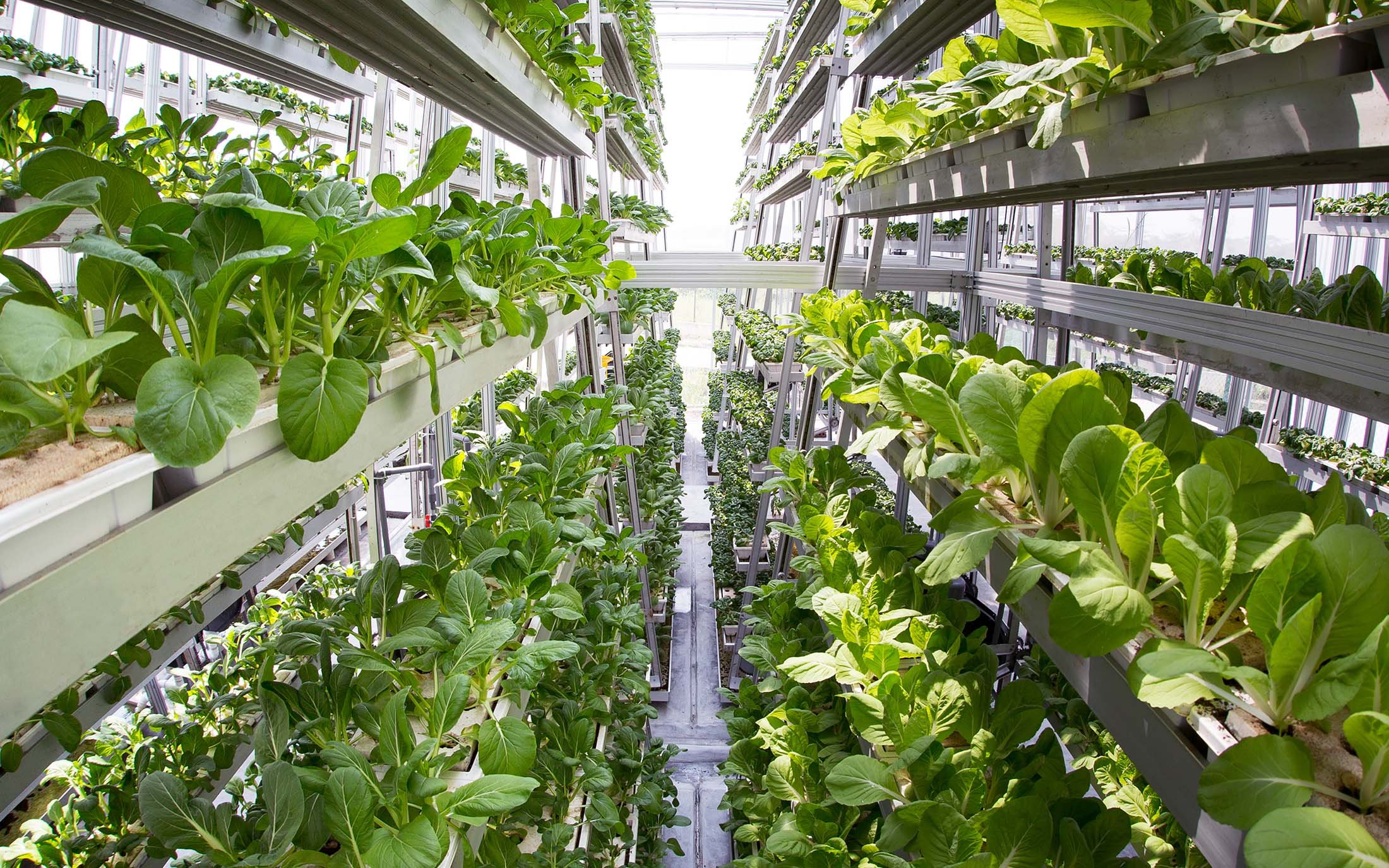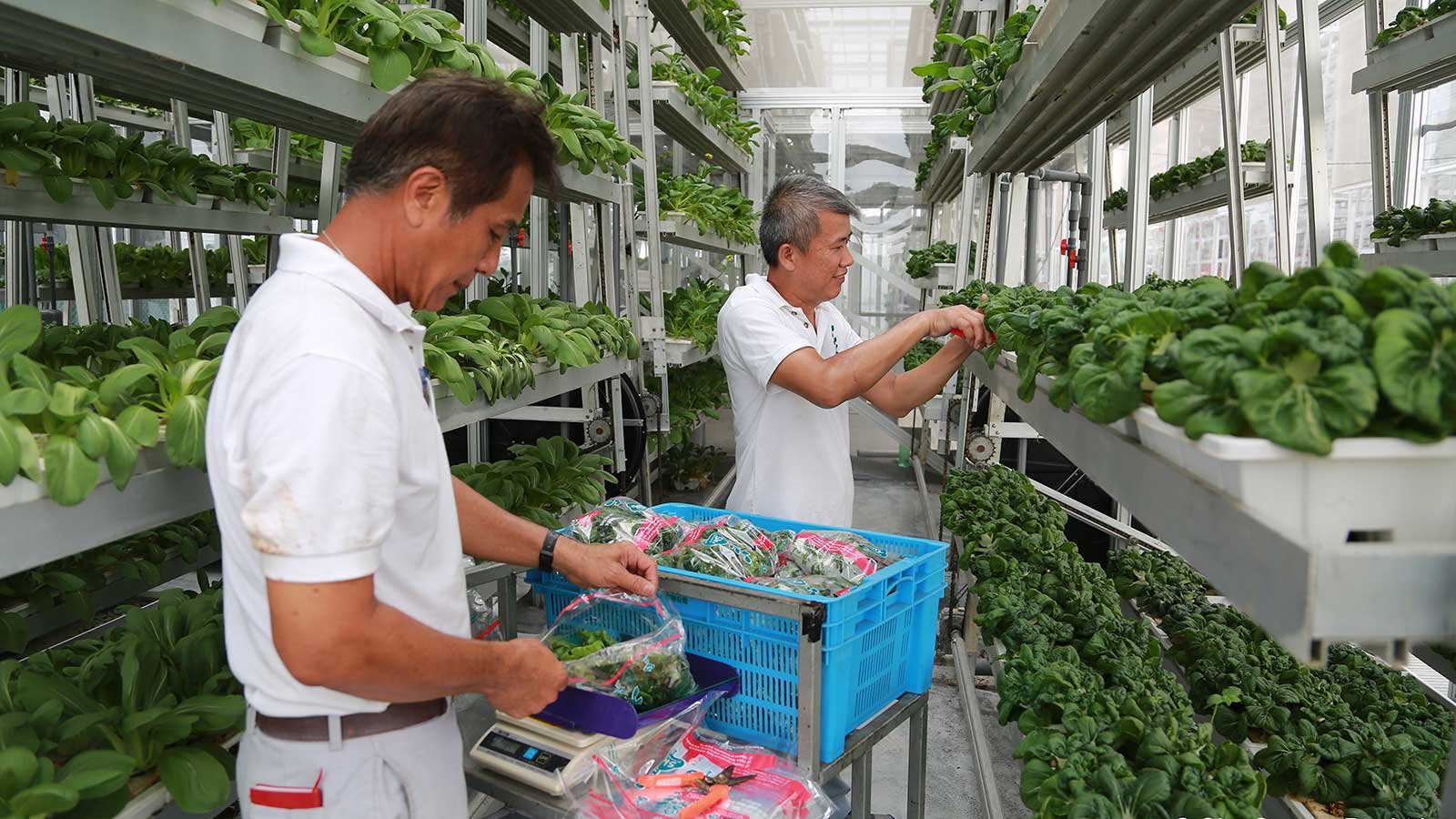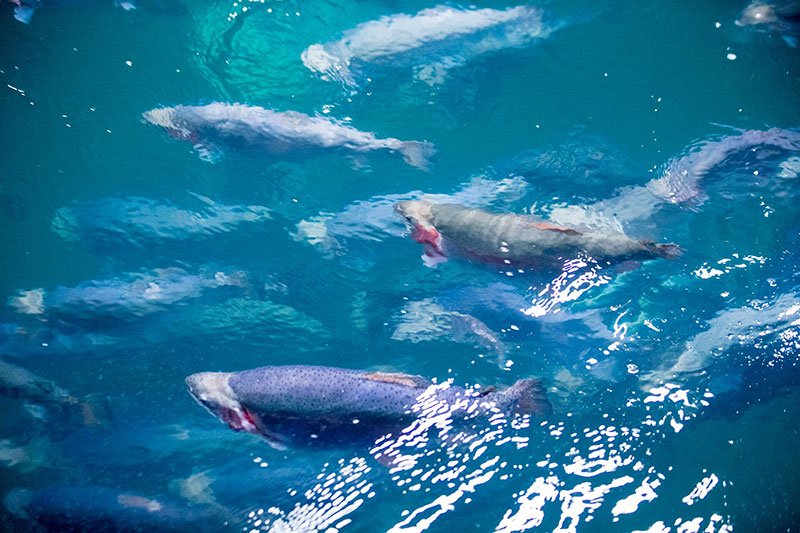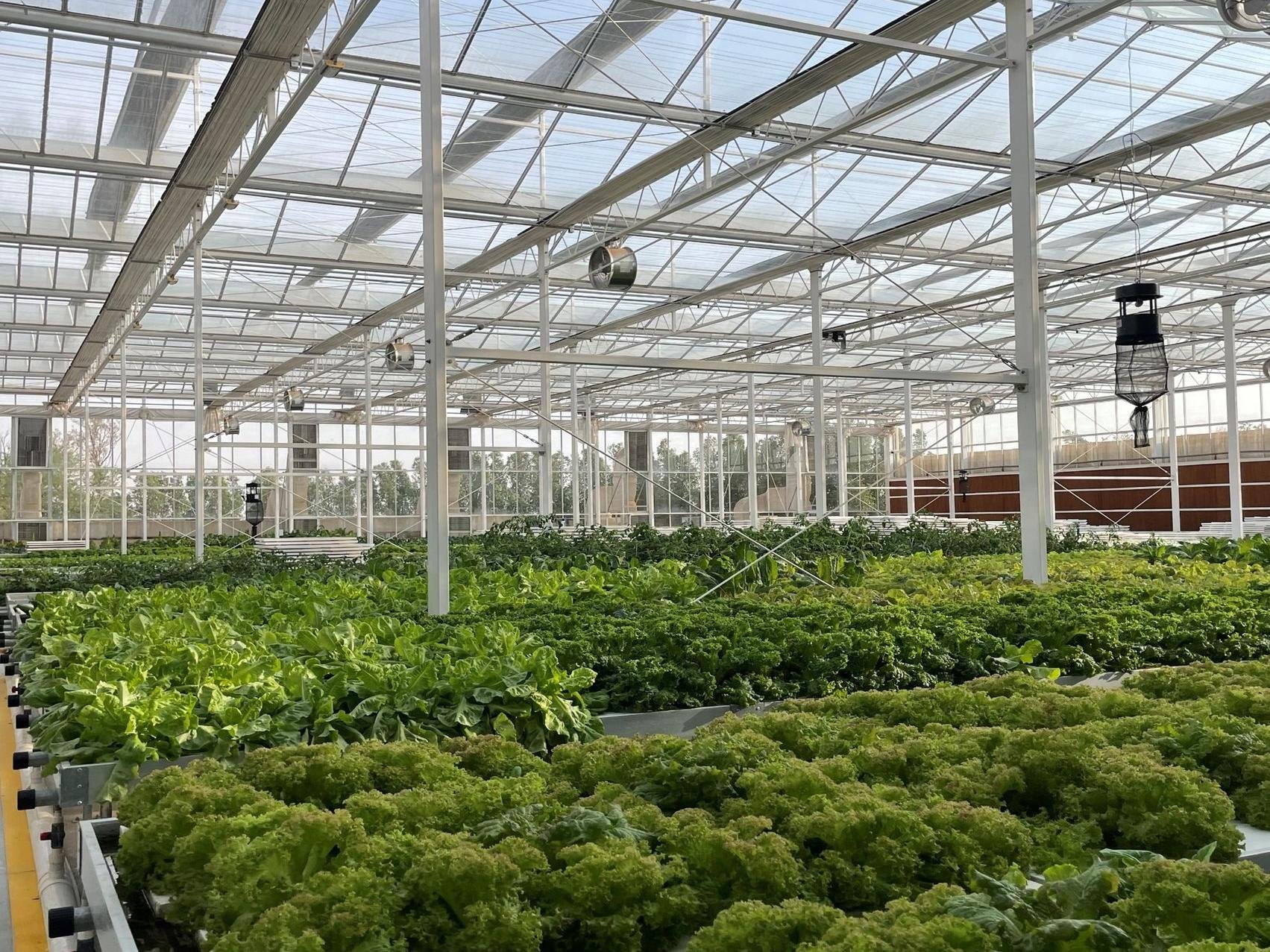May 23, 2023
The Best of Both Worlds: Hybrid Farms are Bridging Agriculture Systems

Credit: Sky Greens Farm.
Written by: Dorothy Braun
May 23, 2022
Hybrid farms offer a sustainable and innovative approach to agriculture that can help meet the growing demand for food while reducing the environmental impact of farming. By combining multiple growing techniques, farmers can reap greater environmental, economic, and social benefits than through any one solution alone. As the world continues to face challenges related to climate change and food insecurity, hybrid farms may become an increasingly important part of the solution.
“Figuring out the balance of context and timing for agri-food solutions is what we at Agritecture call the Hybridization of Agriculture. The term is meant to capture the nuance between different agricultural methods that are often promoted as competing against each other, [such as vertical farms and greenhouses,] when in fact, they overlap, and various combinations of them can reap greater environmental, economic, and social benefits than any one solution alone. The Hybridization of Agriculture illustrates the notion that there is greater potential output when we consider all the possible methods of agriculture and match them to find synergies. However, finding this balance requires thought and time,” says Agritecture’s Sustainability Analyst, Brakely Bryant.
One example of such hybridization is Sky Greens Farm, located in Singapore, the world’s first low carbon hydraulic commercial farming system.

Credit: Sky Greens Farm.
In 2009, Jack Ng, founder of Sky Greens began to experiment with prototypes in the backyard of his aluminum factory, formally launching Sky Greens’ commercial operation in 2012 with the aim to provide food supply resilience in Singapore and other land scarce areas. “I am an engineer by training, but also very interested in the problem of food security,” says Ng. Over the last decade, his invention has transformed from a simple vertical farm system into a micro-farm franchise, supplying their produce to local groceries and expanding their systems to other countries around the world such as Vietnam, China, and Canada. Their integrated circular systems approach agriculture through a technological lens, consistently improving on their ability to optimize growing methods. Their most recent venture into hybridized farming was in 2021 with the launch of the new micro-farming system that combines aquaculture with vertical farming.
The patented Sky Urban Vertical Farming System maximizes space and reduces water usage by using a rotating tower system, ensuring that all crops receive equal amounts of sunlight, irrigation, and nutrients. This scalable system intensifies land use and can yield at least 10 times the amount per unit land area compared to monolayer farms. Developed by Ng, the multi-layer troughs rotate through an A-frame structure via hydraulic and gravitational processes. What is particularly unique about these growing troughs is that they are built to be able to accommodate both soil and hydroponics. This way, regardless of growing medium, the leafy green crops grown at Sky Greens such as bok choy, cabbage, spinach, lettuce, Chinese broccoli, and more are able to thrive under similar conditions.
Another remarkable example of hybrid farming methods is Hudson Valley Fisheries (HVF) in New York. Combining aquaculture and regenerative agriculture, the farm grows fish and plant crops in a closed loop system.

Credit: Hudson Valley Fisheries.
Steelhead trout is a versatile favorite of professional chefs and home cooks alike, but due to global overfishing and habitat destruction over the last century, wild steelhead populations have dropped significantly. In 2014, John Ng, with a background in science and a hunger for business, was inspired by the potential of aquaculture and purchased a facility and 120 acres in Greenport to begin his trout farming journey – HVF’s trout can now be found in a number of local restaurants as well as at farmers markets and retailers across the New York Tri-State Area.
The Recirculating Aquaculture System (RAS) utilized by the fishery, the largest of its kind in the United States, is an enclosed, land-based, controlled system where water is continuously recirculated and treated to maintain high water quality. HVF employs a highly trained aquaculture team because a deep and nuanced understanding of fish behavior is necessary in order to operate and maintain the simulated ecosystem. To ensure a humane life and harvest, the fish are carefully monitored and transferred through tanks as they grow from egg to maturity.
Without impacting marine ecosystems or wild fish populations, HVF successfully provides their local communities with a clean, healthy, and responsibly raised protein source. In turn, the fish waste contains high levels of nitrogen which has recently been put to use in HVF’s hemp production on the 120-acre farm behind the fishery. This venture into hybrid farming has proved to be extremely successful. “We’re honestly stunned at the yield,” Ng was quoted by Chronogram Media. “We’ve got a crop with a lot of biomass and a high CBD content. The plant likes the nutrients.”
Similarly committed to sustainable hybridized agriculture is Saudi Arabia’s Mishkat Farms.

Credit: Mishkat Farms.
In 2021, in partnership with Agritecture, Sukna Ventures established Mishkat to be a self-sustaining market for local and modern agriculture, growing in both vertical farms and greenhouses to provide nutritionally dense and long-lasting produce. Agritecture worked to create solutions tailored for the growing environment, taking into account numerous project metrics such as energy footprint, logistics, labor concerns, LED needs, water needs, and farm management. Mishkat capitalized on this educational and agricultural expertise to successfully establish their market near urban centers across Saudi Arabia. Not only do they provide the region with Mishkat-grown produce, they source from other reliable farms with similar missions.
Both the greenhouse hydroponics and the vertical farms used by Mishkat are methods that require a closed and controlled growing environment, where crops receive the most beneficial balance of nutrients, light, oxygen, and CO2. The hydroponically-grown plants in the greenhouses are free of pesticides and chemicals, non-GMO, with longer shelf life, and shorter miles from farm to table. The vertical farm allows Mishkat to maximize their growing space and produce up to 400 times the yield of traditional field farming. Combined, Mishkat is taking advantage of all that CEA has to offer and creating a bespoke approach to fit their needs and resources.
These three farms are among many who are examining the priorities and motivations of their providers and consumers, and looking to develop synergistic relationships with both people and the planet. Hybrid agriculture can evidently take many shapes and forms, and is not limited to the above combinations! It is rather a framework with which to explore the possibilities of AgTech and creatively establish a method that best suits the growing environment, capabilities, and demands.
